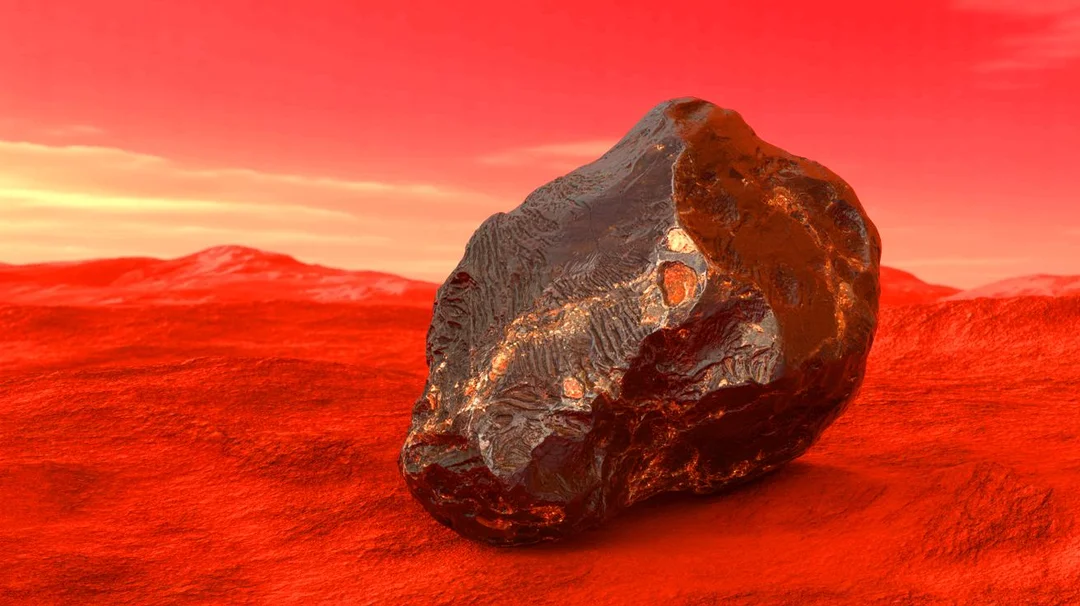
Underground Ocean Discovery: Mars May Be Hiding More Water Than Antarctica, Seismic Data Suggests
Is Mars hiding a secret ocean beneath its rusty surface? Growing evidence, fueled by meteorite impacts and marsquake analysis, suggests the Red Planet may be holding onto a significant amount of liquid water deep within its crust, potentially redefining our understanding of its past and future. This is a game-changer because liquid water is essential for life, and its presence on Mars opens exciting new possibilities for both the search for Martian life and future human exploration.
Recent studies, leveraging data from NASA’s InSight mission, have revealed a intriguing “low-velocity layer” located between 5.4 and 8 kilometers below the Martian surface. According to a study published on The Conversation, shear waves slowed down significantly in this layer, indicating the presence of highly porous rock saturated with liquid water. This subsurface "aquifer layer" could contain enough water to cover the entire planet in an ocean 520-780 meters deep – several times the volume of water contained in Antarctica's ice sheet.

This discovery, partly credited to the seismic activity generated by two meteorite impacts in 2021 and a marsquake in 2022, provides a strong argument for the hypothesis that a substantial portion of Mars' missing water is sequestered underground. The research team examined waveforms from two major meteorite impacts and Mars' largest recorded quake to investigate the planet's crustal structure. According to an Articele on interestingengineering.com, their research revealed a significant low shear-wave velocity anomaly 5.4-8 kilometres beneath the surface, strongly suggesting the presence of liquid water.

Dr. Hrvoje Tkalčić from the Australian National University emphasized the significance of this discovery by saying, "Water involves profound questions about life and humanity's future on the Red Planet." This underground reservoir could hold relics of ancient Martian ecosystems or even provide a vital resource for future human settlements.
Further bolstering the picture of a wetter, more dynamic early Mars, the article from Rude Baguette highlights the 2011 discovery of the Black Beauty meteorite in the Sahara Desert. Analysis of this unique Martian rock reveals evidence of ancient hot water sources on Mars, dating back 4.45 billion years.
Black Beauty's high water content and the presence of magnetite in zircon grains suggest that these minerals crystallized in a hydrothermal environment – one with high-temperature water and oxidizing conditions. This finding suggests that hot water sources existed early in Mars' history, potentially providing environments conducive to the emergence of life.
While the existence of this underground ocean offers tantalizing possibilities for astrobiology and human exploration, accessing it presents a significant challenge. Drilling kilometers deep on Mars is a daunting prospect. However, new missions equipped with seismometers could map potential water layers across the entire planet, paving the way for future rovers or drills to tap into these reservoirs and unlock their secrets.
The discovery of this hidden water reserve transforms our perspective on Mars, suggesting it may not have simply lost its water but rather concealed it underground. Could this long-sought missing water hold the key to unlocking the mysteries of Martian life? What are your thoughts on the implications of this discovery for future Mars missions?
Share your opinions and insights in the comments below!